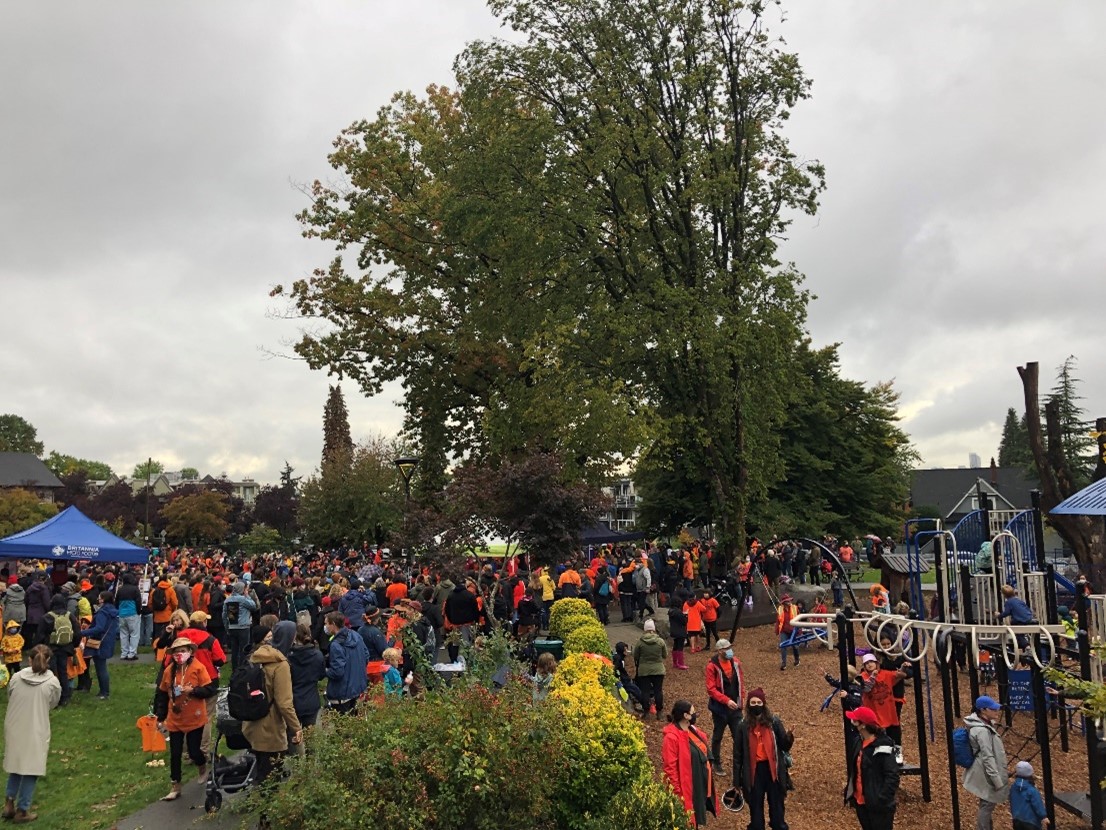
Honouring a diversity of perspectives: Photo contest results
Last fall, kʷikʷəƛ̓əm First Nation and BC Housing hosted a photo contest in an effort to engage with members of the public and kʷikʷəƛ̓əm First Nation in new ways. We received 81 submissions, many which included comments about why the photos were significant, and how they related to səmiq̓ʷəʔelə planning areas. We’re excited to share some of these ideas with you.
Photo contest prompts: background
The following diagram was developed during the early stages of the master planning process.

Each petal represents a unique planning area within the redevelopment process. Since last year, the project team has been testing a series of high-level goals associated with each planning topic. The petal diagram depicts the theme of Truth and Reconciliation as central to the master planning process, which will influence the project team’s approach to other topic areas.
Turning planning themes into contest prompts
Four themes (or “petals”) were chosen to guide photo submissions; Housing, Wellness, Memory and Truth and Reconciliation. Contest participants could choose from the following list of prompts when submitting their photo:
- What does home look like to you?
- What does wellness (mental/physical) look like to you?
- What does heritage or culture look like to you?
- What does Truth and Reconciliation look like to you?
Overlapping themes: a sign of synergy
A few synergies emerged from the photo contest results. Take the images below submitted under “Wellness” for example.
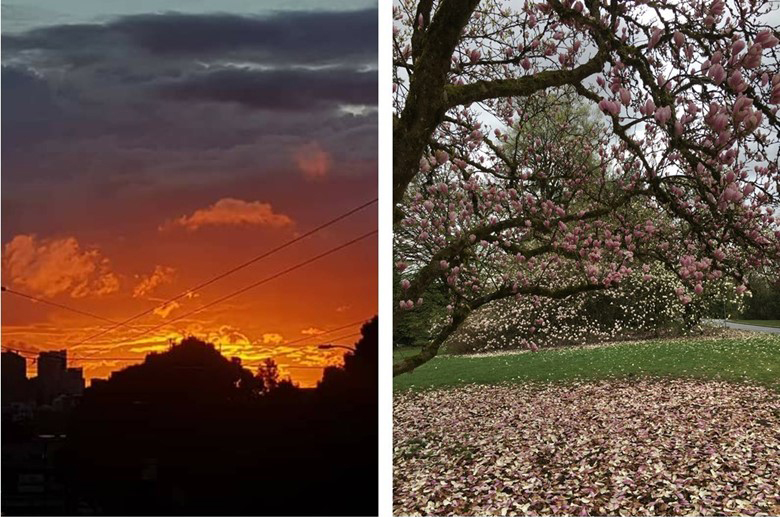
The landscapes in these pictures are different, with one picture taken in a high-density urban setting and one taken in open green space at səmiq̓ʷəʔelə. Both suggest that exposure to the beauty of the natural world is an important part of maintaining wellness. They also suggest that places of connection, such as an urban centre, and reflection, such as green spaces, are both important in designing for wellness.
Interpretations of “home” and themes of inclusion
Within our Housing category, the images shared and interpretations of "home” were diverse. The concept of inclusion however, turned out to be a common theme.
Some participants expressed that “home” was a place where all people and creatures belong. Take the image below of a cat that is embraced by the whole community, not just one household. Indeed, Smokey appears to be “living her best life.”

The participant who submitted the next image chose to feature their neighbourhood on Orange Shirt Day – a reminder that “home” should be a place where Every Child Matters.

The participant who submitted the picture below reminds us that humans aren’t the only residents within our communities. They highlight that “home” is a place where plants and animals thrive through interconnection.
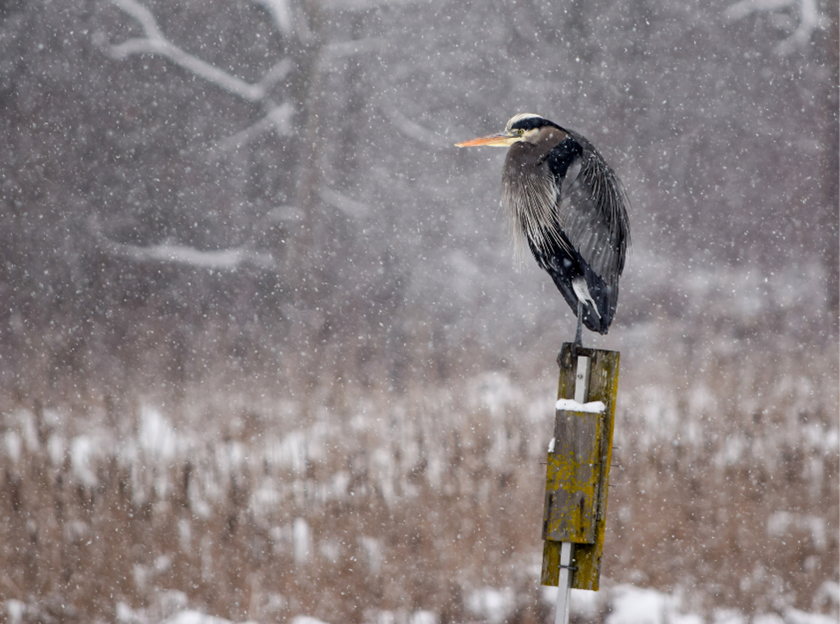
A need for further exploration and discovery
Submissions to the Housing category, more than any other, confirmed to us that what “home” looks like at səmiq̓ʷəʔelə is open to many unique and rich interpretations.
Some want “home” to be a place where they can experience solitude. Some want “home” to be a place to gather with loved ones. Some want “home” to be a place where parts of their history are recognized on site; some want “home” to be a place where parts of their history are healed from the site.
Same subject, different interpretations
Other photos featured similar content, but with different perspectives on the same topic. Images of West Lawn, for instance, gives the impression that Edwardian architectural features are elements of their “heritage and culture,” like in the image below:
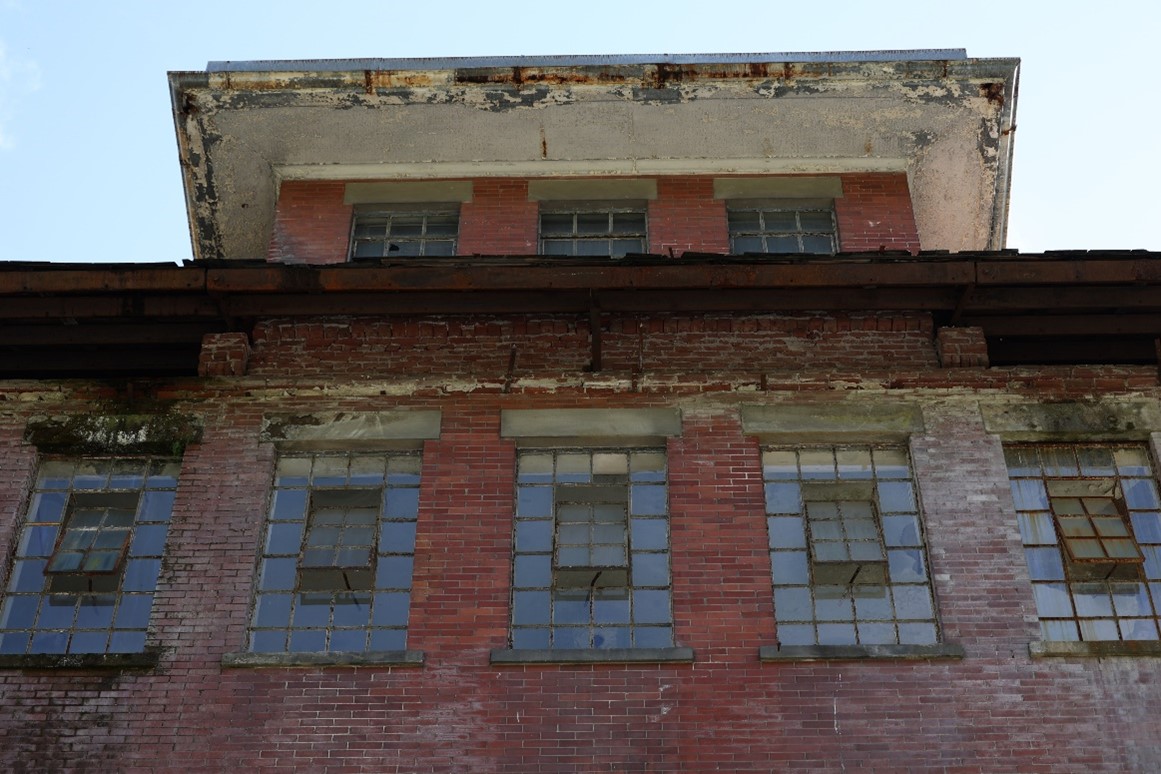
Another participant expressed that when nature begins to take over during the degradation of an old building, it can be a sign of “a new life force [healing] old wounds.” The image below was submitted within the Truth and Reconciliation category:
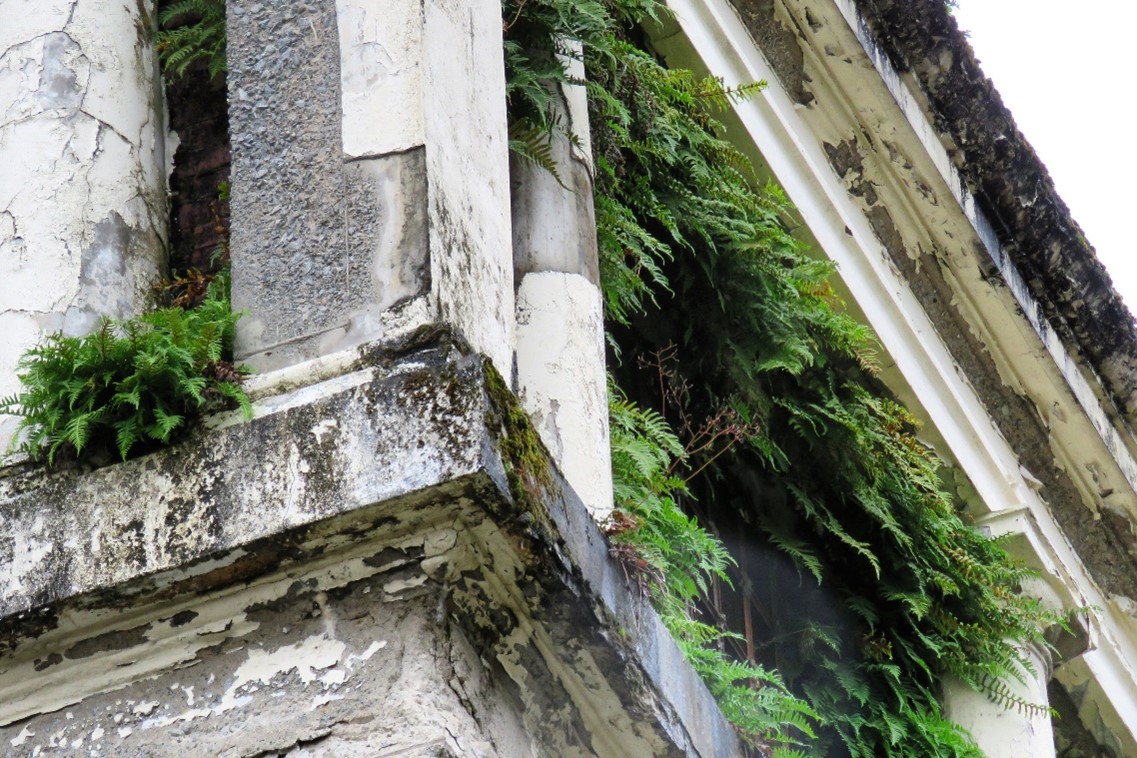
It's clear that people may look at the same image and see very different things. The person who sees features of a building as a symbol of their heritage might be comfortable with a different heritage or management strategy than someone who sees that same building and is reminded of painful memories.
These differing perspectives are notable when exploring design approaches to planning for the area’s future. As partners in the site’s development, kʷikʷəƛ̓əm First Nation and BC Housing will take these viewpoints into account to determine a respectful strategy that recognizes the site’s long and complex history.
Stay in touch
Thank you to all who have participated so far and we look forward to meeting with you again soon. Keep an eye on this website for updates or subscribe to our newsletter.
